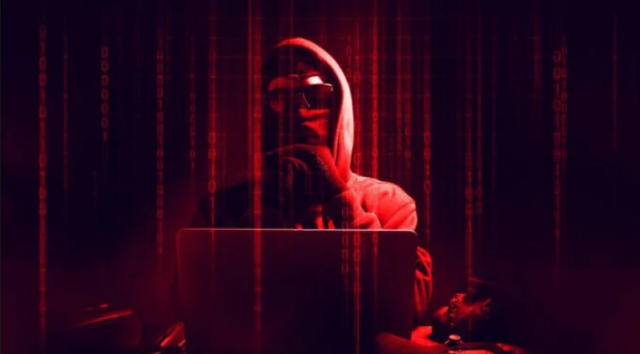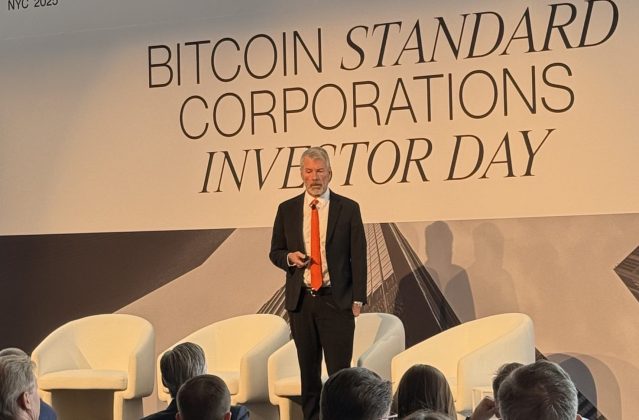A couple of months ago, the crypto community was surprised by the news that users of the Decentraland virtual world platform have spent $1 million on digital land. And the largest deal for the Decentraland project was a sale worth $215,000 to an unknown user.
Each plot in Decentraland represents a patch of land in a 3D virtual world, in which participants can do almost anything they want. The virtual world is not endless, and each token within the project is assigned 10 square meters.
Blockchain projects that allow users to own virtual property and items, including land, have been gaining momentum. Similarly, virtual reality began to develop only in the last couple of years, though the technology behind it has been available for some time. Currently, there are many projects using VR: in education, design, gaming and, of course, real estate.
This is the moment blockchain technology and cryptocurrency have been waiting for, because they can be applied seamlessly to help the aforementioned industries. Blockchain technology works with the principle of a self-organizing distributed ledger, on which counterfeiting digital currencies is almost impossible because, at any stage, transaction information is known to all of the network’s participants.
When people realized that it is convenient and safe to use cryptocurrencies in the real estate industry, transactions began to flood in: People can now buy houses with Bitcoin (BTC), arrange a mortgage on a blockchain and take a virtual tour of houses that are still under construction.
The idea that people who have experience building digital spaces can also construct virtual worlds has slowly seeped into the blockchain sphere. Therefore, new projects have begun to appear, such as Decentraland, where players can own virtual land in the game and just like in the real world, they can sell or rent it.
Radoslav Dragov — the blockchain lead in Europe for International Data Corporation (IDC) — believes that the blockchain itself is a digital asset and that tokenization of physical or virtual assets opens up investment opportunities for more people:
“Using blockchain to create digital representation of a real tradable asset can provide greater accessibility to assets that cannot be easily exchanged or require a high minimum investment. For example, tokenization of illiquid assets such as real estate gives many people the opportunity to invest small sums of money in a particular piece of land and then sell the tokens on the secondary market. The same principle can apply for virtual assets. This process of asset tokenization is democratizing investments.”
An additional impulse to the development of the virtual world is given by large global IT companies, which are at the forefront of technological development. Facebook founder Mark Zuckerberg spoke at the annual F8 conference in San Jose about the company’s plans: “Augmented reality and virtual reality are about delivering a sense of presence — the feeling that you’re right there with another person or in another place.” More specifically, the goal is to create the ability to communicate with an avatar of a real person using a VR headset.
Best blockchain virtual land projects
Like many other IT-fields, in which blockchain technology is already actively used, projects have appeared in the segment and some are attracting multimillion investments from established gaming firms like Square Enix and its $2 million financing of The Sandbox. Here are some promising VR blockchain platforms, why they need decentralization, and what their main differences are from one another.
Decentraland
Decentraland is a VR platform where players can create, sell and buy virtual items. The main idea of the project is to create a virtual space that users can own. Platform participants can acquire plots of virtual land — 10 by 10 meters — and create any objects on them from cities to small shops and do whatever they want on their property.
The idea of the project appeared back in 2015 but was actively developed in 2017 after the project’s initial coin offering, which raised $20 million. The Decentraland platform uses its own cryptocurrency called MANA, which is an ERC-20 token. MANA is used to buy plots of land or to purchase goods and services in Decentraland.
The platform was conceived by its creators to be fully decentralized in response to the community’s request for a free virtual world where the power over content lies in the hands of the users, and not the administration.
According to the project’s announcement, Decentraland was officially presented to the public in February 2020. The launch was followed by the creation of a DAO (full decentralization of the world’s infrastructure), designed to ensure complete decentralization of the platform, thereby accelerating the exchange of data among users and the way content is exchanged on the platform.
Lands by Sandbox
In 2019, one of the largest computer game developers, Sandbox, created a decentralized blockchain gaming platform where, like in Desentraland, users can buy land in virtual space for real money and use it as they please.
The first sale of territories in Lands took place at the end of 2019, and in February 2020, developers sold land for a second time. Within a few days of the second presale, around $200,000 was spent by users. Among the buyers were both ordinary gamers and large gaming companies, such as CryptoKitties, My Crypto Heroes, Old Skull Games as well as Dapp.com.
The third and last sale announced in mid-March contained 10% of the available supply for sale in the project’s metaverse. LAND token sales are conducted using Ether (ETH) or Dai (DAI). The cost of one LAND token, which corresponds to a certain area of the virtual world in the Sandbox metaverse, is $48. In total, developers plan to conduct five rounds of LAND token sales, and the launch of the gaming platform will take place later in 2020. Sebastien Borget, co-founder and chief operations officer of The Sandbox, told Cointelegraph about how players could use their virtual squares of land:
“In The Sandbox, LANDS are the epicenter of our user-generated content platform. A LAND is a digital piece of real estate in The Sandbox metaverse that players can buy to build experiences on top of. Once you own a LAND, you will be able to populate it with games and assets. Each LAND is a unique (nonfungible) token lying on the public Ethereum blockchain (ERC-721). A total of 166,464 LANDS will ever be available, contained in a map that will form The Sandbox metaverse.”
CryptoVoxels
CryptoVoxels is an open, sandbox-like environment, in which there are no specific goals, and users are free to do and create whatever they want. In fact, it is a stripped-down version of Decentraland, and like its competitor, it’s virtual land based on the Ethereum blockchain and works through nonfungible tokens. The app draws inspiration from Minecraft with its minimalistic interface and simpler visual effects.
The virtual land in CryptoVoxels is not very diversified: The world is growing rapidly, and it will not be more than 36 by 18 kilometers. However, the project slightly differs from the others: The cheapest piece of ground costs two times less than in Decentraland — around $240.
CryptoVoxels has been improving its sales. According to a report, users made 130 deals between March 12–16, which amounted to $66,800 in trading volume. In comparison, during the same period, Decentraland users completed 53 deals, which corresponds to a weekly trading volume of $22,300.
Somnium Space
Somnium Space is a cross-platform, social VR world that was launched in 2018. It allows anyone to buy land and build or import objects to create a common virtual universe. The project allows its players to use VR headsets such as HTC Vive and Oculus Rift.
In Somnium Space, users can choose three different plots of land: small (200 square meters), medium (600 square meters) and large (1,500 square meters). Each size has its own height limit.
In February 2020, Somnium Space officially announced the launch of version 2.0, adding new features to enhance the user experience. Built-in integration with NFTs has been added to the virtual world, allowing users to place any NFT directly on their Somnium land plots and explore them.
In addition to Somnium Space, developers will launch their own in-game currency called Somnium Cubes (CUBE). This currency is intended to facilitate microtransactions in Somnium Space, such as paying for teleportation to the other side of the world or renting an item. Landowners will be able to use Cubes to purchase user-created content.
From reality to blockchain
Nowadays, amid the thriving digital economy, there has been a steady trend toward the development of virtual reality and property, which has real economic value. The next step for VR may be the pursuit of a sustainable, equal and transparent digital world, which Borget confirmed:
“There should no longer be virtual frontiers, even in the digital space. If we compare the currency flow in and flow out of metaverses just like real-world countries, then we should embrace the idea of free circulation of goods (creations and games) and people (players) between these virtual worlds. Giving control back to players by enabling them to reutilize their game elements across several games can reinforce the value of these game elements, as well as be used as a user acquisition strategy by other game developers.”
However, Dragov said that blockchain technology, like the digital currency space, which is fully protected by code and a distributed network, can push the development of the digital economy:
“Asset tokenization holds great potential to disrupt the financial industry, and it will gain more traction in the next five years. Making concrete predictions is difficult because regulation, which is the main impediment to widespread tokenization, is often undefined, likely to change and varies from jurisdiction to jurisdiction. Nonetheless, asset tokenization is one of the innovative applications of blockchain that has real staying power.”










